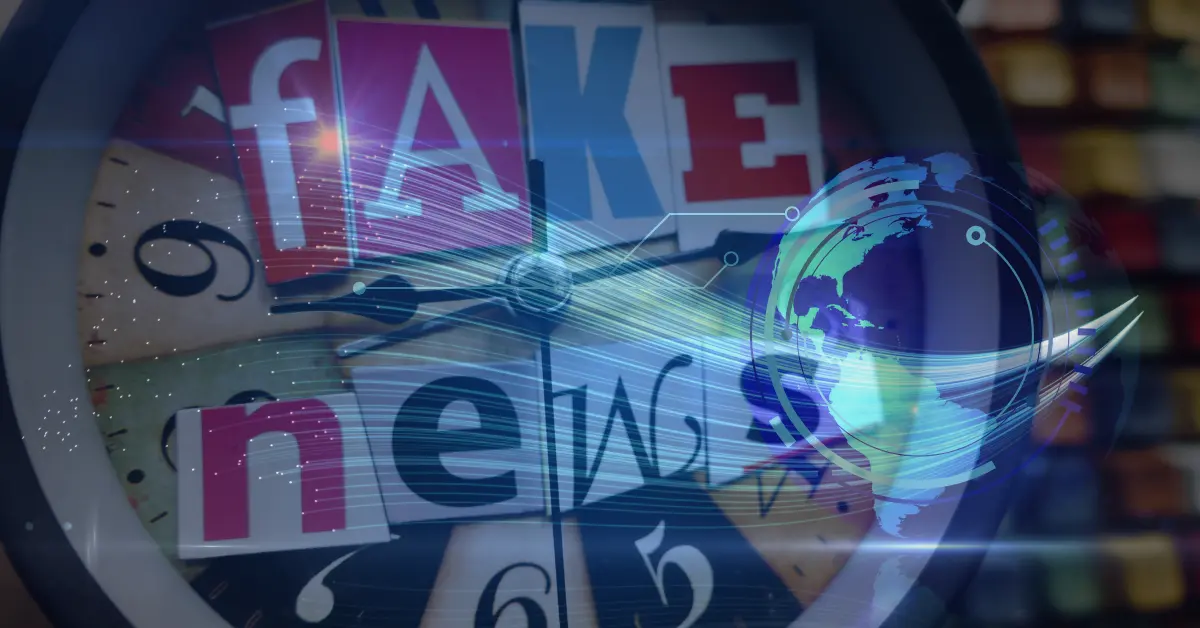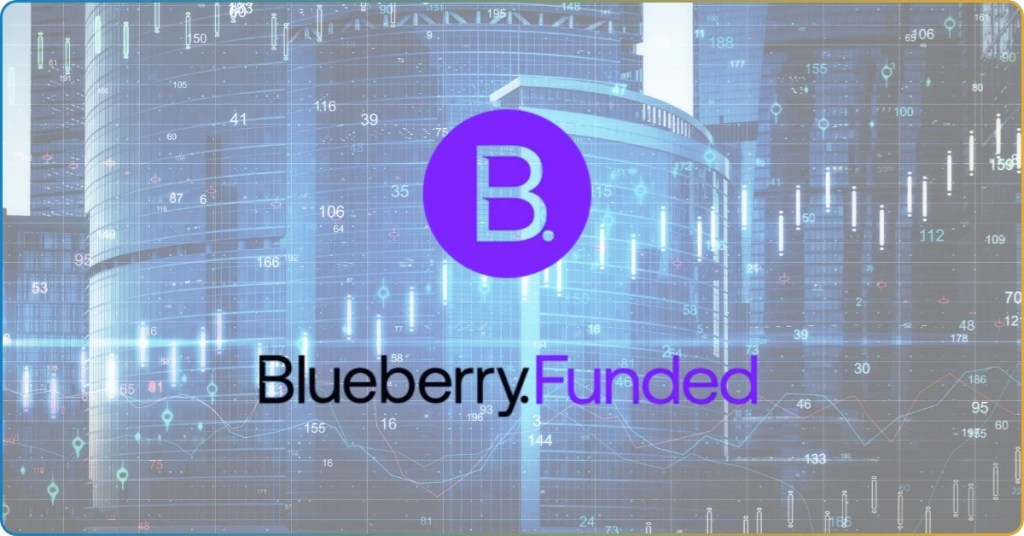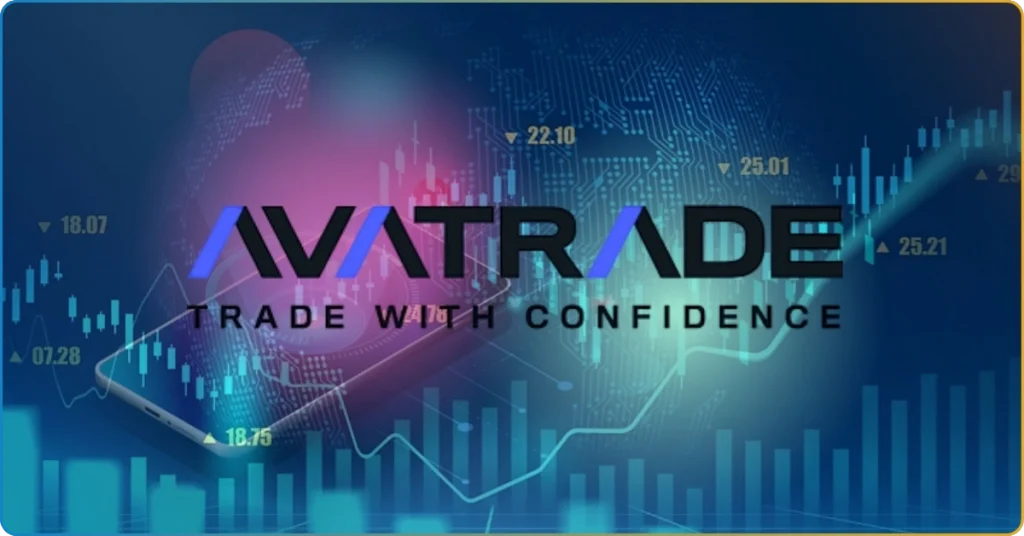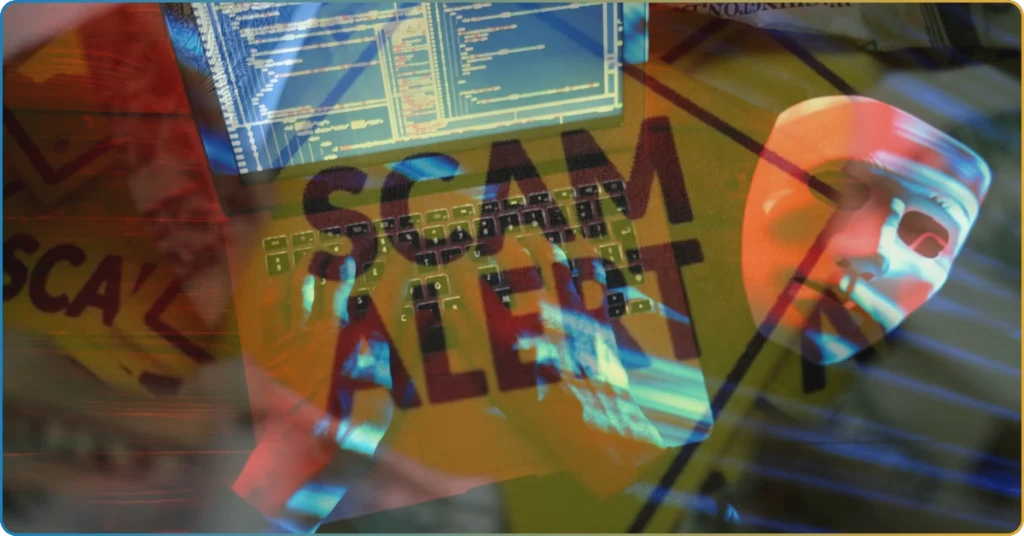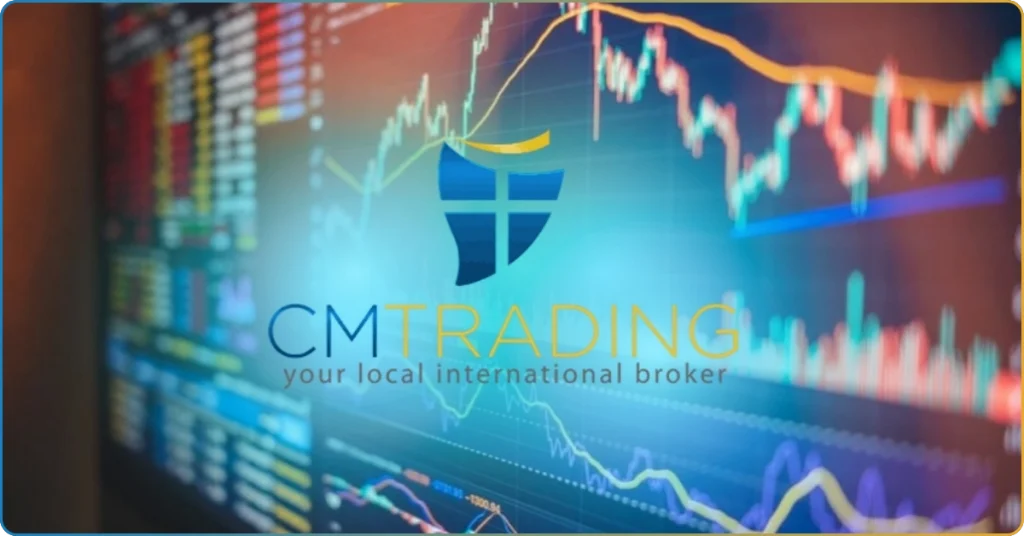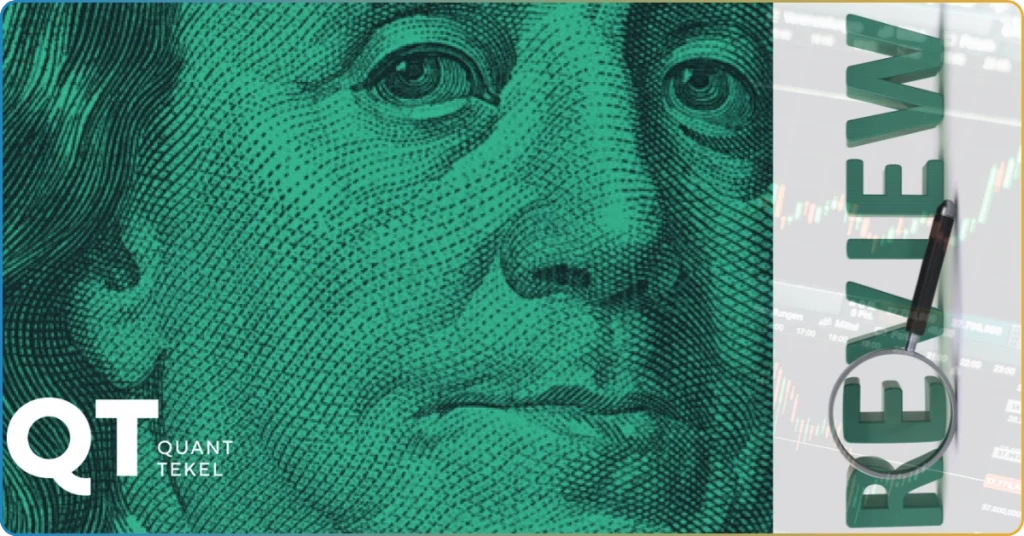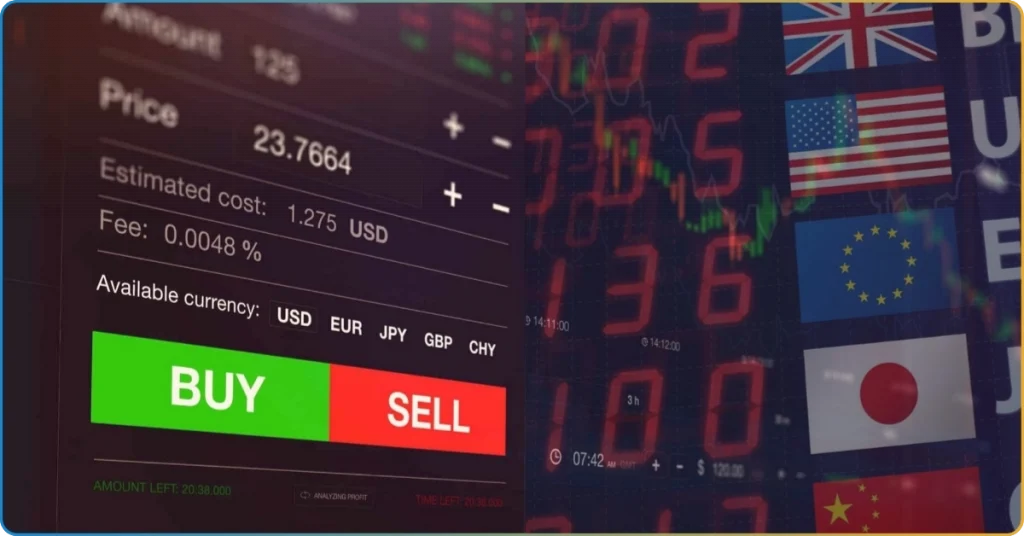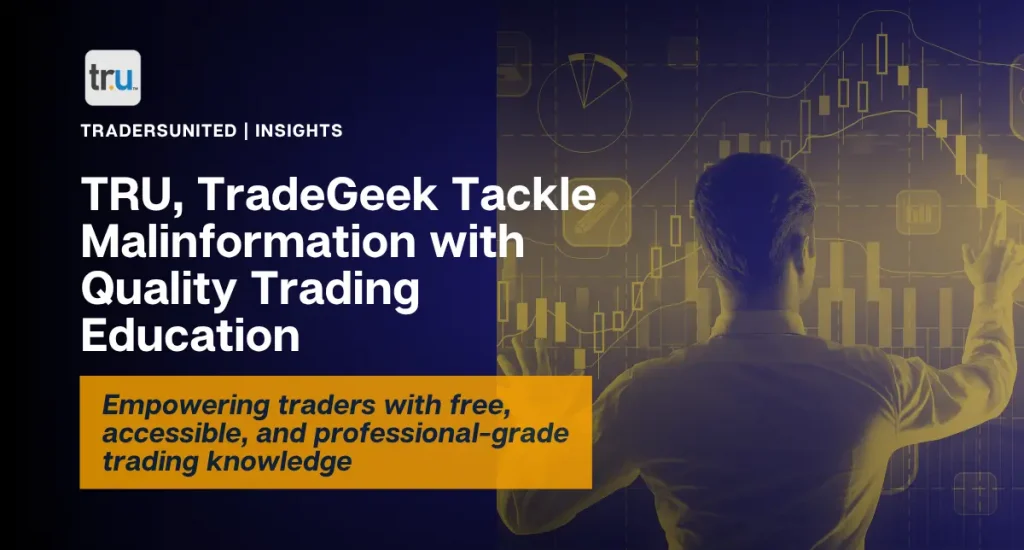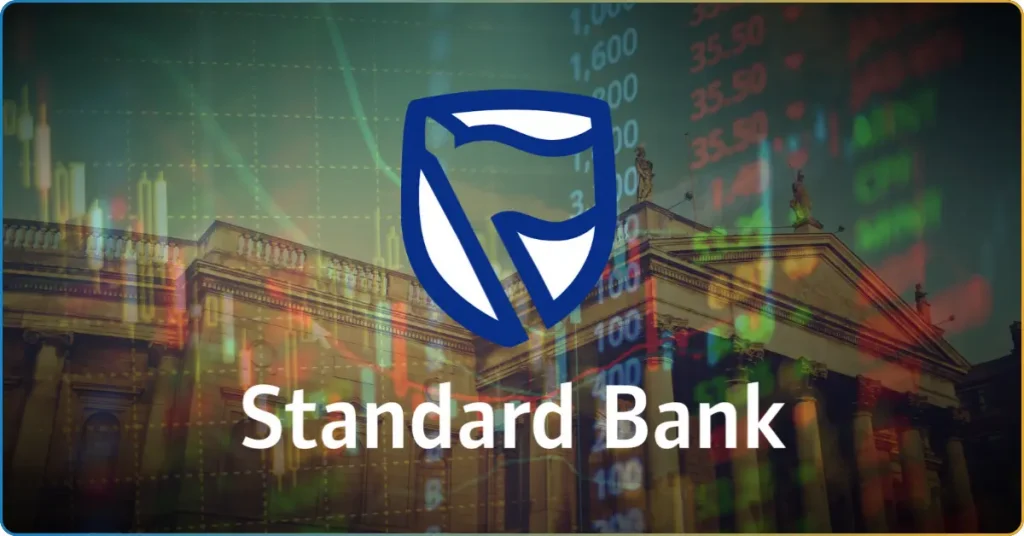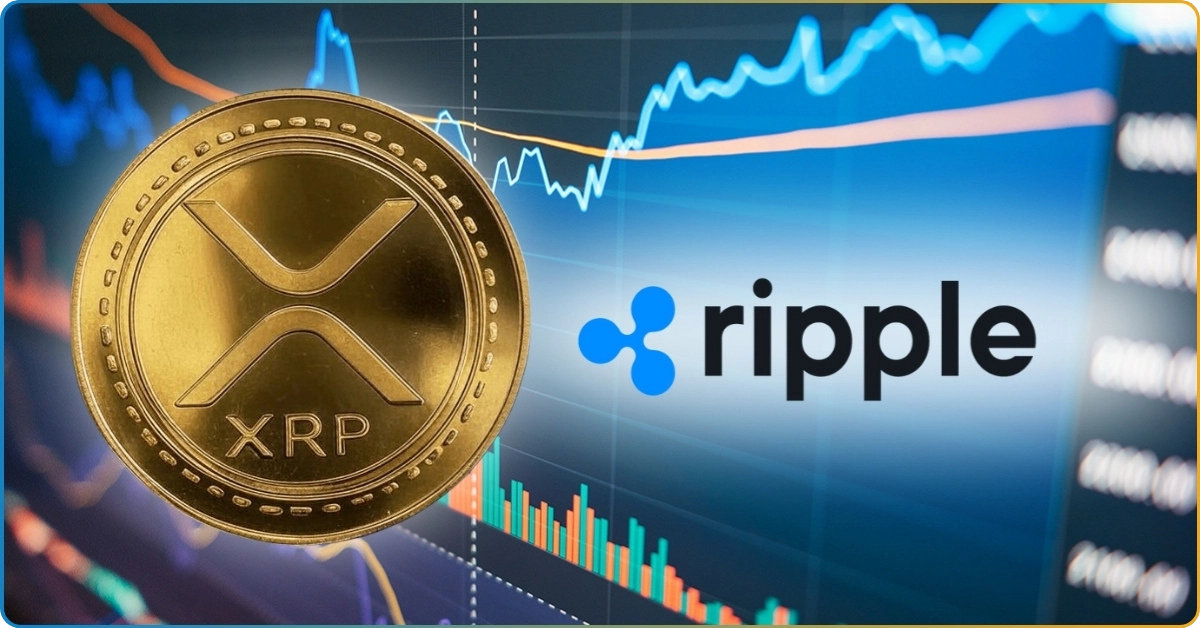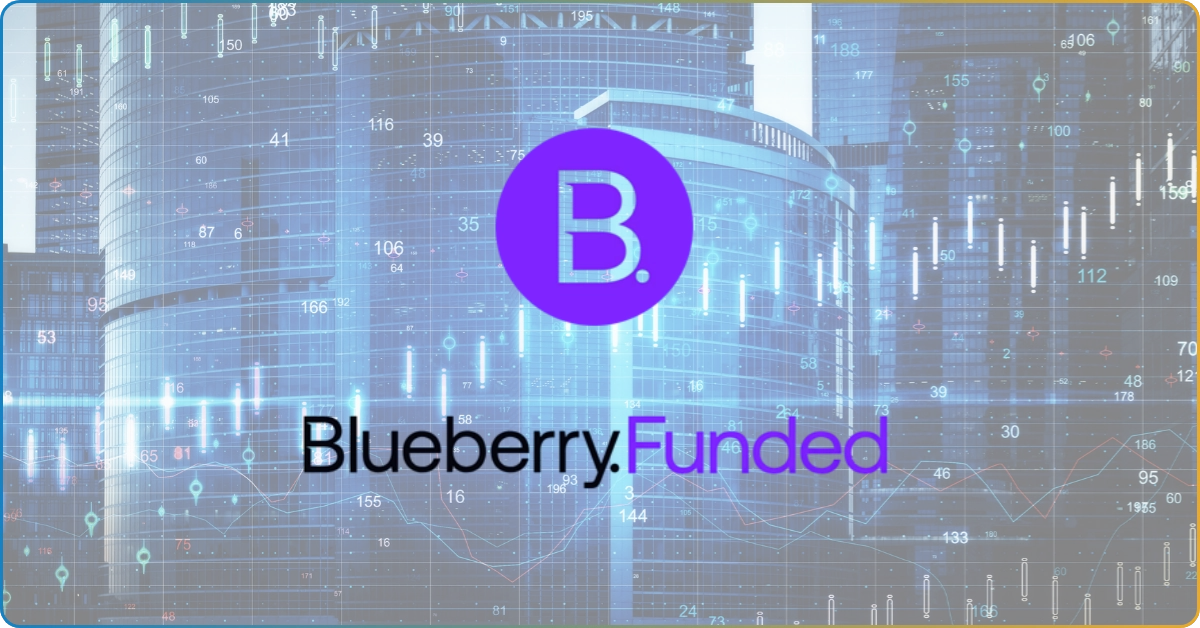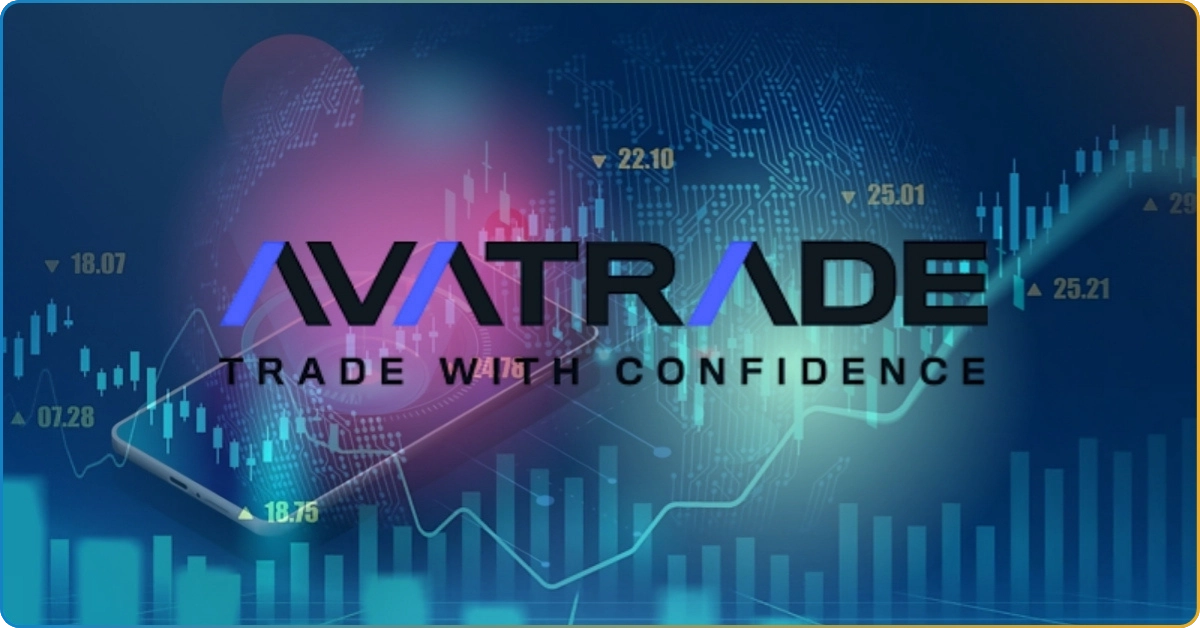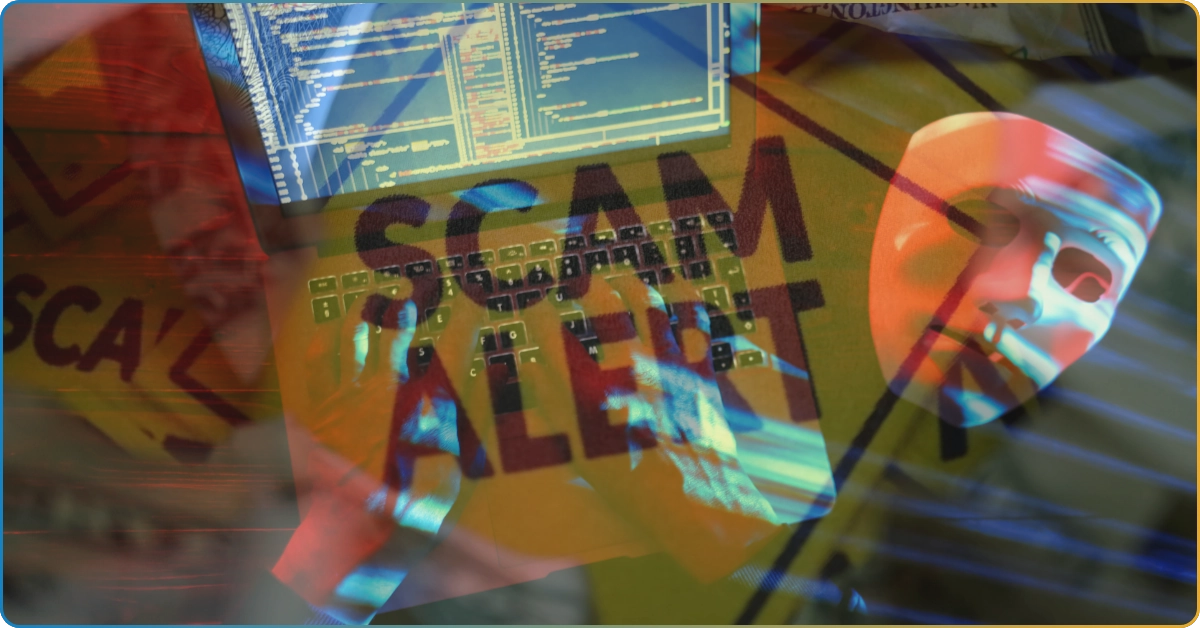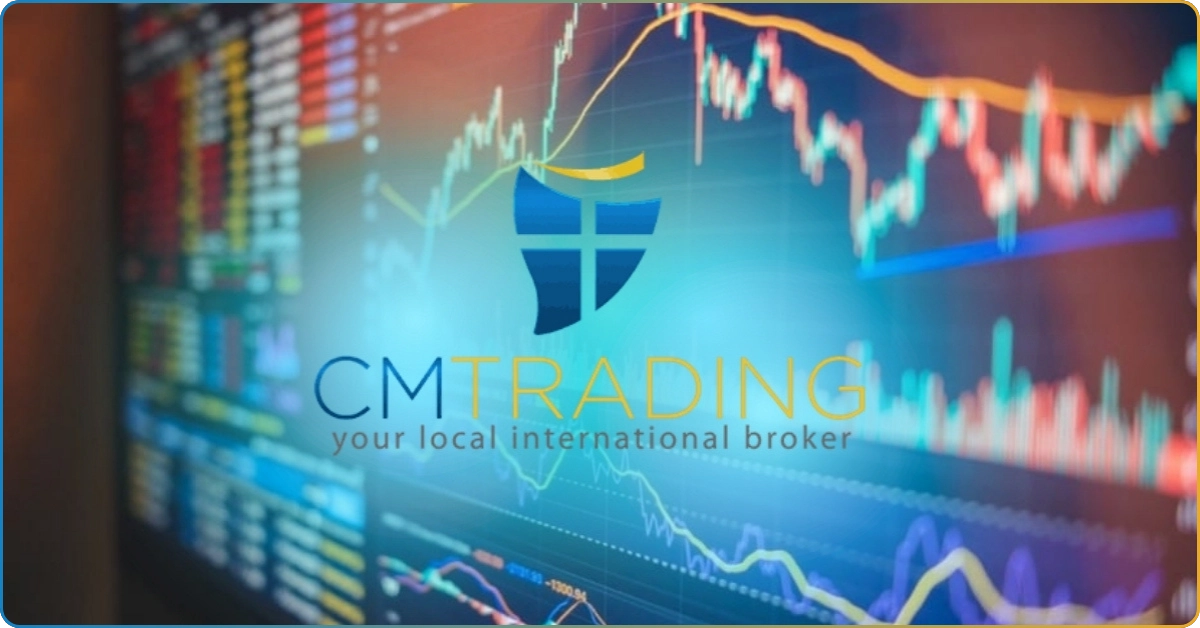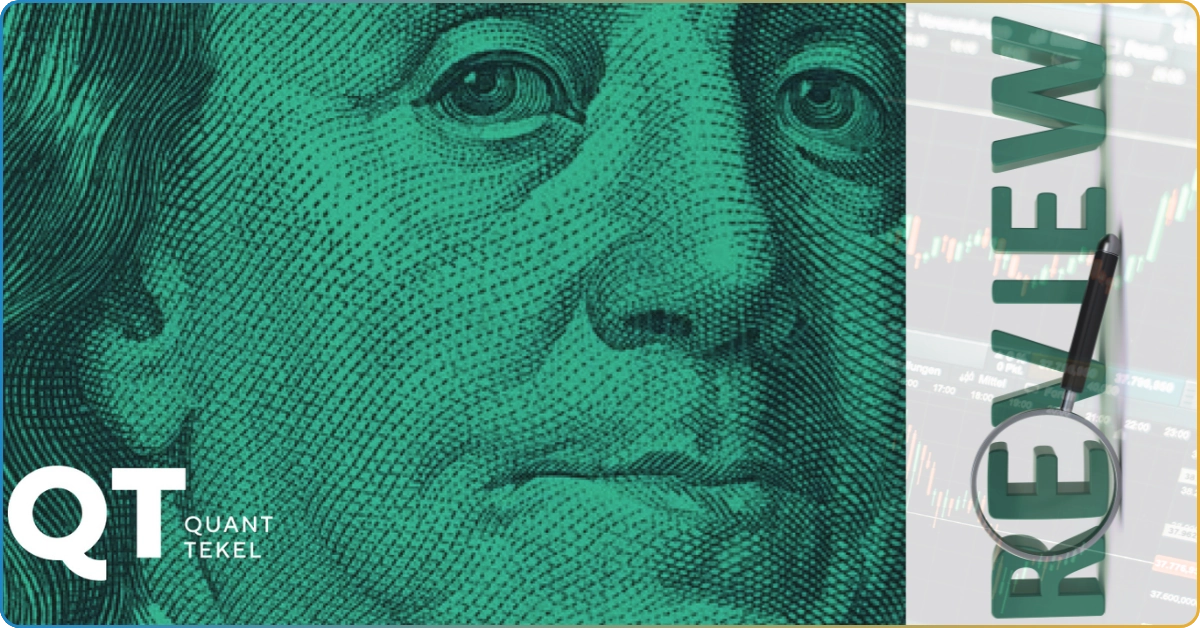When a verified (but fake) Twitter account posted a fake photo of an explosion at the US Pentagon, American stock immediately fell by over 85 points. In a separate incident, the S&P 500 plunged 1% after a false tweet reporting the White House exploded, losing $136.5 billion in market value. And, of course, who could forget the 2020 Twitter Bitcoin hijacking, where several high-profile Twitter accounts were hacked to promote a Bitcoin scam?
While the markets eventually rebounded and scammed money unreturned, these incidents show us a harsh reality: fake news can trigger a chaotic economic reaction that can negatively impact the financial market.
While the concept of fake news isn’t new, its impact became more pronounced during the COVID-19 pandemic, and its effects are still felt today. In 2024, the World Economic Forum ranked fake news as the most severe global short-term risk for the economy and businesses.
The finance sector is no exception to the threat of fake news, especially since financial markets rely on information, making them particularly vulnerable to disinformation.
What is fake news, mis-/disinformation?
Fake news, misinformation, and disinformation are three buzzwords that never seem to stop circulating the news cycle. But do we know what they actually mean?
Misinformation is false information shared without the intention to mislead or cause harm. People who spread misinformation often believe it to be true. However, make no mistake. While misinformation is not intended to harm anyone, its impact can be just as negative.
Disinformation, on the other hand, is false information deliberately created to mislead and deceive people. It is often created to manipulate public opinion, obscure the truth, or gain ill will. Fake news, which are news articles intentionally created to mislead readers, is a type of disinformation.
For instance, the “Deepfake Elon Musk” scam was among the biggest scams of the 21st century. Fraudsters created AI-edited video advertisements of Musk promoting a fake cryptocurrency or stocks on phony AI software. According to Sensity, a company that monitors and detects deepfakes, over 90% of fake deepfake cryptocurrency ads featured Elon Musk in them. By the end of 2023, deepfake ads contributed to more than USD 12 billion in fraud losses in the US.
In an industry that relies heavily on data and information, such as finance, information is just as important as the currency being traded or the stock invested in. For many traders, a threat to information is also a threat to their investment.
How does fake news impact the finance sector?
Fake news can negatively impact the finance sector, leading to an inefficient and unstable market, unpredictable investor behavior, and ruined corporate reputation.
Market volatility is one of the most immediate effects of fake news in the finance sector. Since financial markets are highly sensitive to news and information, the rapid spread of false information can lead to significant price fluctuations!
Fake news can also affect investor behavior. Traders rely heavily on news and trends to make informed decisions. However, with legitimate and fake news almost undistinguishable, this could lead to misguided (and detrimental) investment choices.
For example, in 2015, scammers filed a bogus SEC document claiming a takeover bid for Avon Products by a nonexistent firm, causing the company’s stock to surge by 20%! The fake news directly affected (and manipulated) investor sentiment, led to irrational market behavior, and distorted the true value of securities.
Moreover, fake news can damage corporate reputation and erode public trust. Some wrongdoers can target reputable companies and create false allegations that cause long-term reputational harm, even after the false information is eventually debunked.
For instance, in 2016, fake news sites targeted French construction giant Vinci SA and accused it of accounting malpractice. As a result, the company’s share price dropped by 18%, resulting in a loss of 6 billion euros in market value!
Even after the company proved that the fake news was, in fact, true, the lingering effects were still felt, and investor confidence took a lot longer to regain.
In addition to impacting markets and investors, fake news also poses challenges to regulatory bodies and financial institutions. As fake news tactics develop into more sophisticated means, regulators must also adapt. Meanwhile, financial institutions must also invest in advanced technologies and systems to detect and mitigate the effects of fake news!
Fake news has a profound impact on the finance sector. As the digital landscape continues to evolve, traders, financial institutions, and regulators must develop more resilient systems to combat the threat of fake news!
Why is there so much fake news in finance now?
We all know that fake news is a tale as old as time. Tracing its origins can lead us back to ancient times.
For instance, one of the earliest examples of fake news dates back to Ancient Rome, where Emperor Augustus spread false information about his rival, Mark Antony, and discredited his reputation!
Or what about a radio drama that aired in the 1930s United States? It convinced the public that a Martian Invasion was taking place, causing families to leave their homes, cabinet meetings to be held, and troops to be assembled! Until finally, the general public realized it was just a radio drama.
While fake news in past times already had real-world effects, nothing could have prepared the world for the prevalence of fake news in the modern era.
The rise of the Internet and social media has revolutionized how information is spread—whether true or false. Furthermore, information is disseminated at rapid rates, with little to no restriction.
That means a piece of misinformation can reach an audience ten to thousand to millions fold within minutes of being posted. For instance, on platforms like Facebook, a piece of false information can reach an average of 1,500 people within 60 seconds. That’s equivalent to over 2,160,000 people being fed wrong information in a day — and that’s just one piece of misinformation.
Imagine multiple pieces of disinformation posted online, deliberately created to lure you into fake investments. The numbers are massive, and the effects are real, which is why traders have to be vigilant now more than ever.
CommuniTrade’s fight against fake news
The battle against disinformation has become a global effort. As leaders in the trading industry, we understand it is our responsibility to help others mitigate disinformation.
At TradersUnited, we’ve identified three major ways to combat disinformation together.
Education
Being able to mitigate disinformation through education requires two kinds of literacy: media literacy and financial literacy.
Media literacy helps traders identify whether online sources are real, while financial literacy enables traders to make informed decisions about their money.
TradersUnited developed multiple initiatives to address these issues to provide traders with valuable resources to enhance their literacy.
For instance, TradeGeek is an educational hub with carefully crafted modules and lessons on trading and finance. On TradeGeek, users can learn about the finance market and how to trade from start to finish.
One of the most important aspects of TradeGeek is that it teaches young and aspiring traders not just how to trade but also how the economy works, how money is circulated, and how aspects are interrelated.
Moreover, TRU Insights publishes regular financial literacy content, such as fraud awareness, factors to consider when investing, how to manage and protect finances, and how to evaluate financial products.
Verified Community
One of the most important ways to combat disinformation is by having a supportive community. Think of a community as your neighbors, ready to protect your land the moment it’s attacked.
Everyone in CommuniTrade is verified, meaning each member is a legitimate trader or enthusiast and is 100% scammer-proof. This verification process ensures that all interactions within the community are trustworthy and reliable.
A verified community is extremely important in times when spammers, scammers, bots, and other disinformation peddlers are infiltrating trading groups. By having verified members, each user is assured that they are interacting with genuine individuals, reducing the risk of scams and impersonation!
Research, fact-checking, and journalism
TRU has a dedicated team of fact-checkers, journalists, and researchers who verify every piece of information that TradersUnited publishes.
This rigorous process ensures that all content is accurate and reliable, helping the community comb through an overload of information.
By meticulously checking facts and sources, the team prevents the spread of misinformation. This commitment to accuracy empowers traders to make well-informed decisions and contribute to a more transparent and honest trading environment!
Advocate collective responsibility
Combating disinformation is not just the responsibility of media professionals. It requires collective action from all members of society and our community.
Community members on TradersUnited are encouraged to take responsibility, safeguard the truth, and support each other by fostering critical thinking.
This collective effort on CommuniTrade can help prevent the spread of false information and promote a more informed trading community!
About TradersUnited
TradersUnited (TRU) is a community-led organization that aims to foster a better trading environment for all traders everywhere. They offer a wide array of services for traders such as TradeGeek, CommuniTrade, Dispute Resolution System, and UnityGains.
For questions and inquiries, please contact TradersUnited at [email protected]

